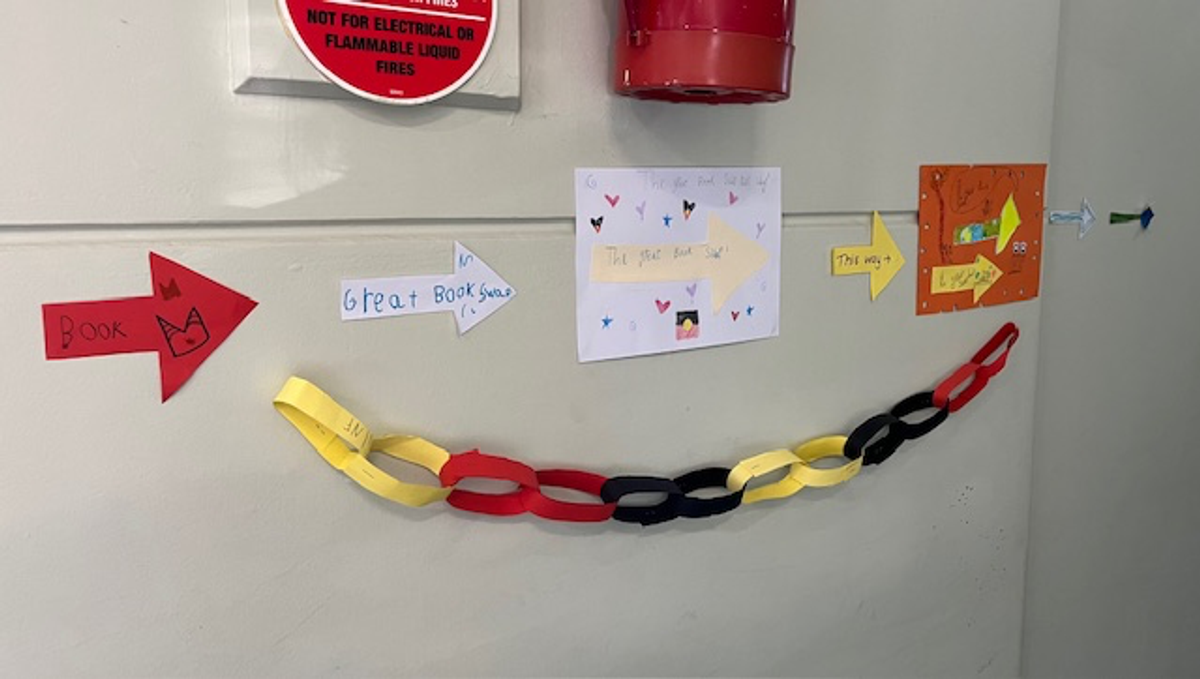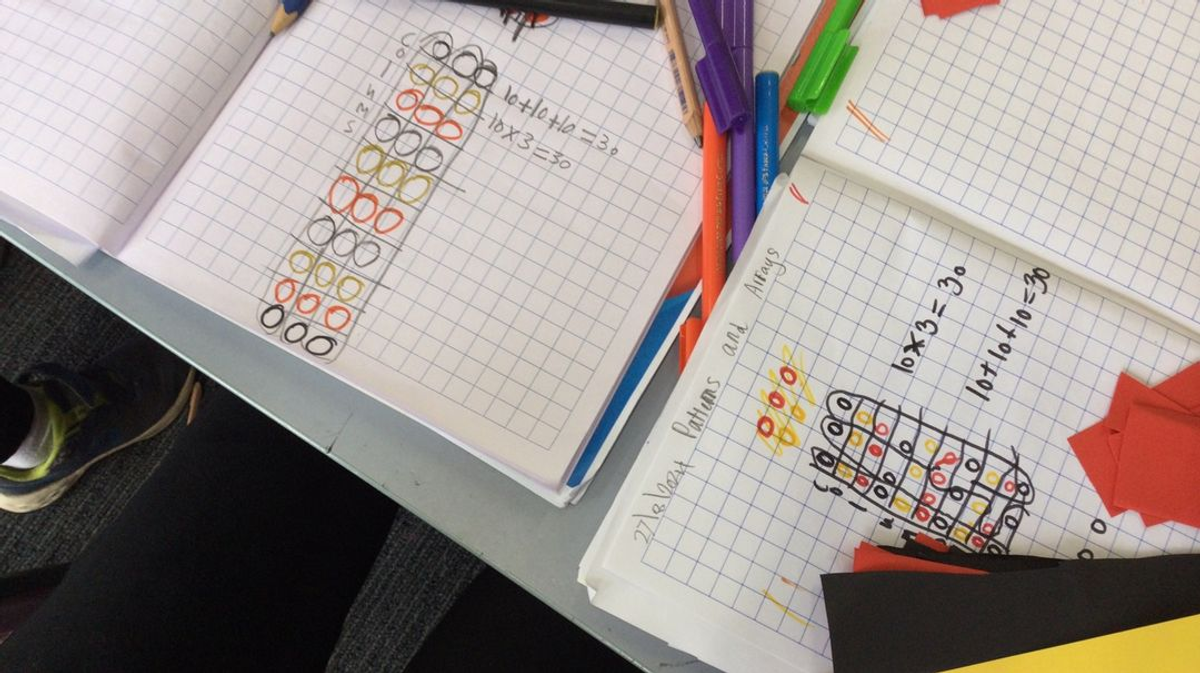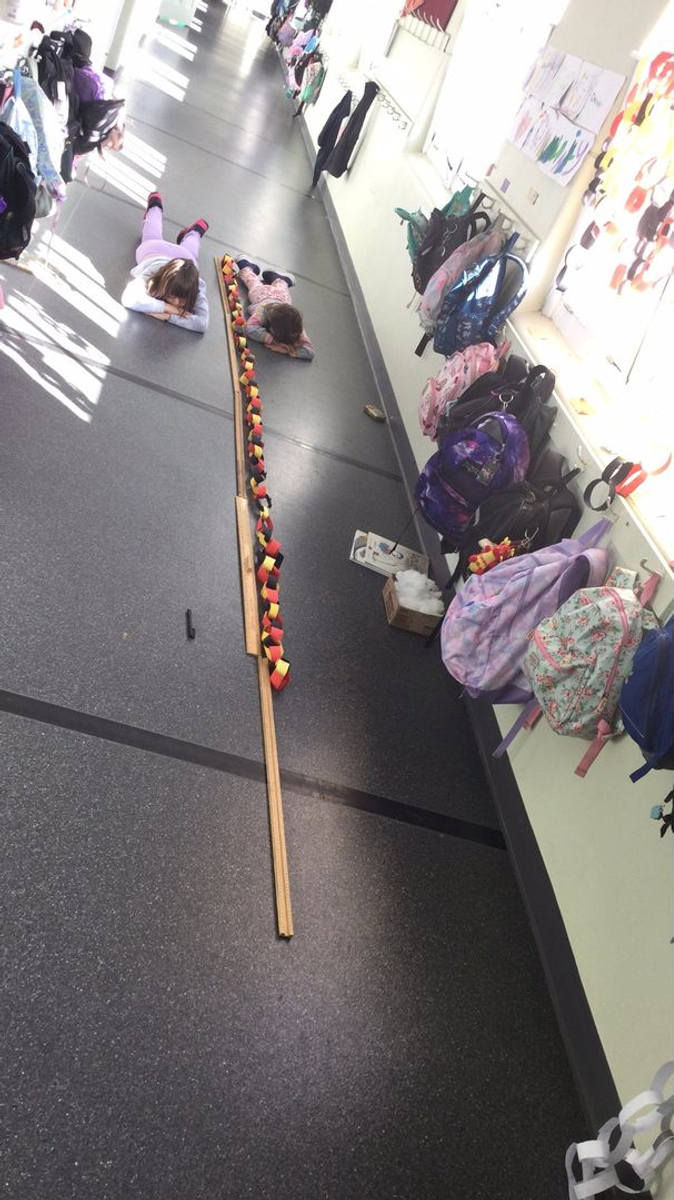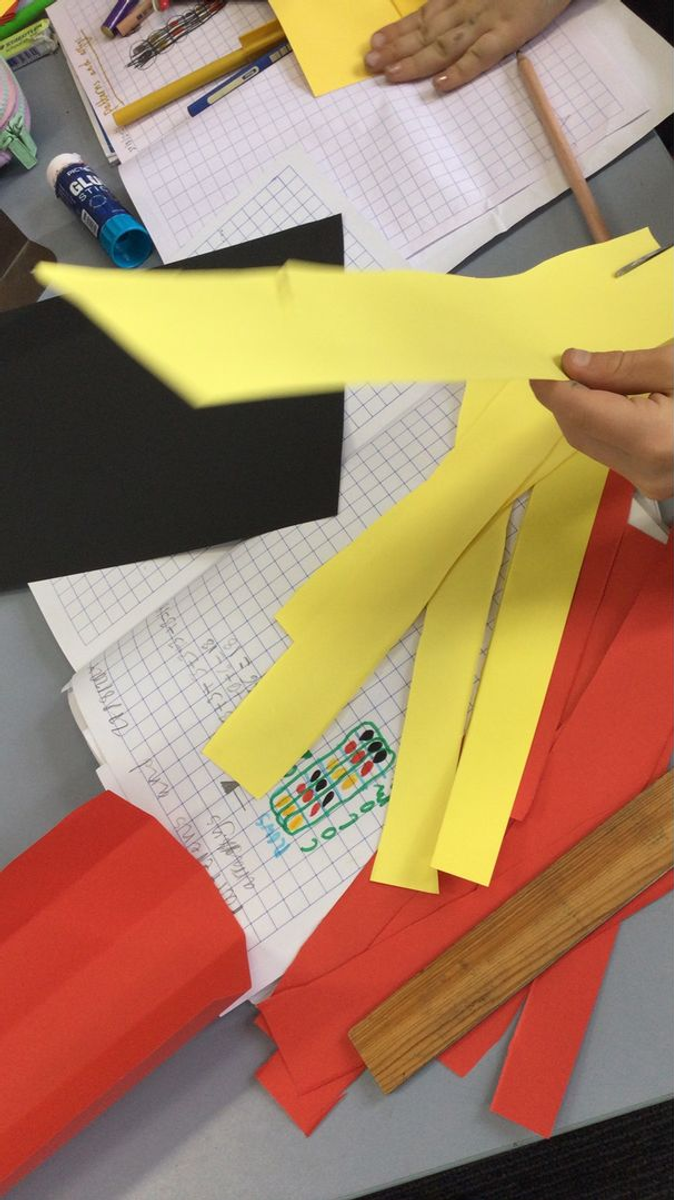Pedagogy of Play
Nici Fausten

Pedagogy of Play
Nici Fausten
Last term teachers took part in a conference about the Pedagogy of Play - PoP - and its connection to student engagement. Teachers explored how a playful approach to teaching and learning could enhance students’ curiosity in concepts taught and the retention of material learned. Classroom teachers and Specialists took part in practical playful learning experiences and then embraced playful mindsets when planning and designing lessons. The degree of playfulness incorporated into lessons was measured by a tool called the Play-o-meter.
Here is an example of how we have been translating what we learned into our classroom practices:
The Juniors recently began a new unit on Multiplication. By the end of Year Two it is important for students to have had multiple exposures to skip counting using a range of different numbers. They are then more likely to be able to grasp the concept of adding together equal groups to find a total. Students apply this understanding to arrays which are arrangements of objects or numbers in rows and columns and can see that multiplication is a pattern of repeated addition.
To tune into arrays as a useful representation of the concept of multiplication students began examining repeated arrangements of colours and shapes in patterns. They explored pattern making by designing paper chains. Their chains incorporated the three colours found in the Aboriginal flag and were drawn on paper in the form of arrays. Students could describe their paper chain arrays in terms of rows and columns. For instance, this chain array has 6 rows and 3 columns. It is a 6 by 3 array and has a total of 18 links. The first row of 3 links is black, the second row of 3 links is yellow and the third row of 3 links is red.
Incorporating real life into our explorations gives students’ learning investigations purpose. The chains were used to decorate and provide directions to the location of the Indigenous Literacy Foundation’s Great Book Swap which was part of our school’s Writers’ Festival that families were invited to visit during the Spring Family Afternoon.
Other mathematical skills were practiced during the paper chain making project. For instance, students used fractions when dividing their sheets of coloured paper into equal parts to make their chain’s links. Students also used measurement, both formal and informal, to measure the length of their chains. Applying these skills in different contexts helps to reinforce concepts and enables students to better understand their purpose.
In sum, the playful mindsets adopted by teacher and learners throughout this process made activities and the associated experiences joyful, empowering and meaningful.
PoP Stars!









